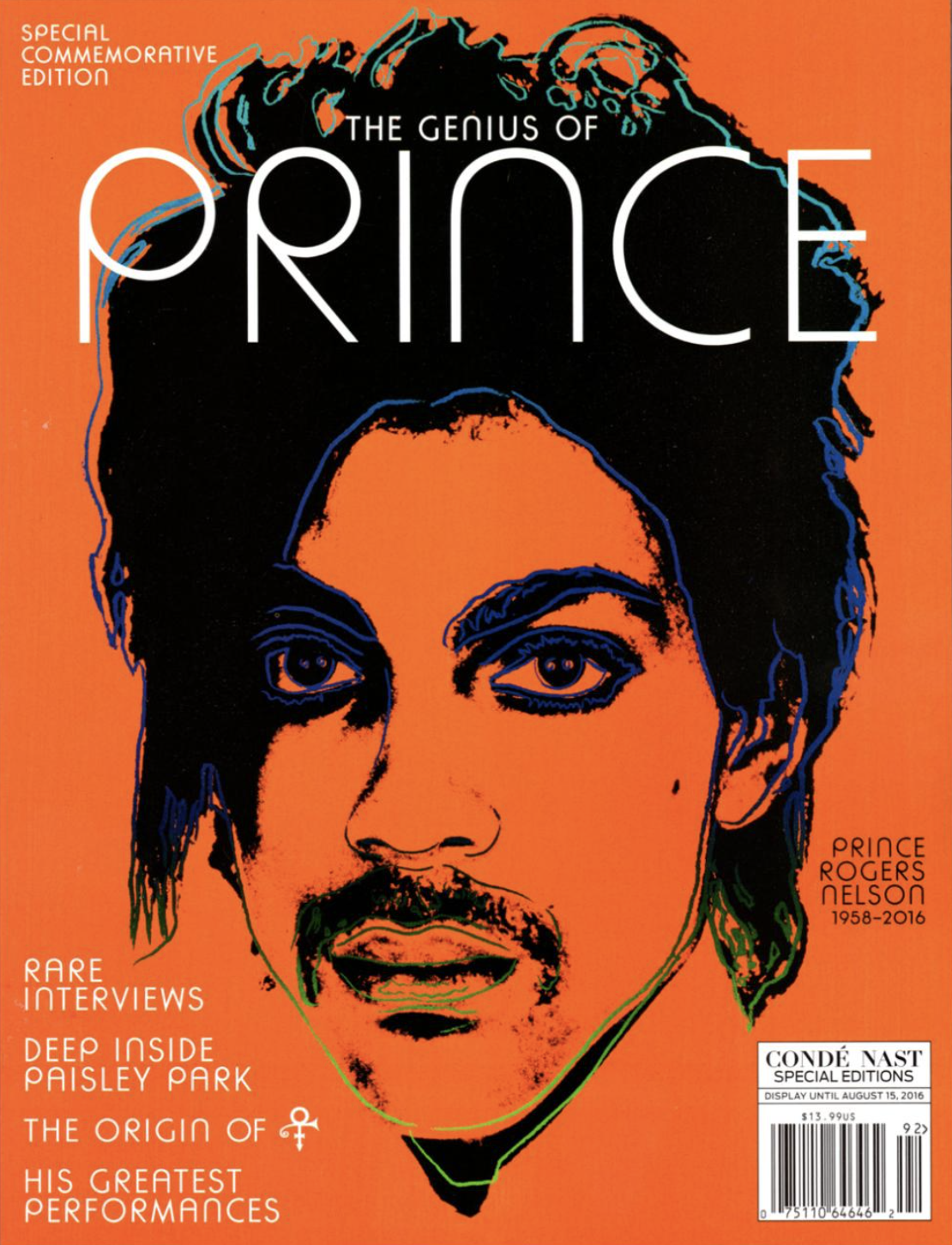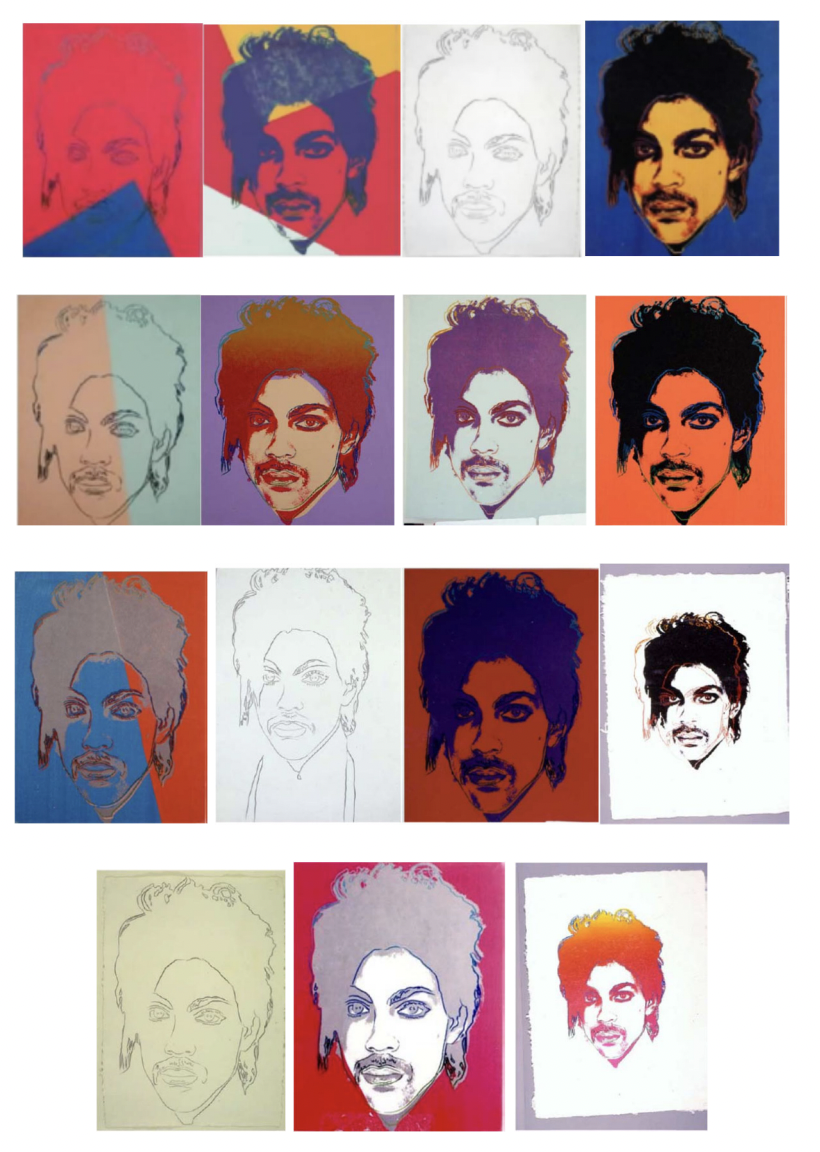Supreme Court hears Warhol Foundation copyright dispute that could alter the art world
The Supreme Court heard arguments on Wednesday in a copyright case involving the late Andy Warhol’s work that could change the legal standard controlling how broadly artists and other creators can borrow from another’s copyrighted work.
The dispute, born out of Conde Nast’s 2016 publication of an image from Warhol’s Prince series, arose after award-winning photographer Lynn Goldsmith objected to the use and argued that the publication violated her copyright to the original photo that formed the basis for Warhol’s work – a 1981 headshot of Prince. In 1984, Warhol sought and Goldsmith granted a license to use the original photo as a basis for a separately committed illustration of Prince, published that year by Conde Nast’s owner Vanity Fair.
A district court ruling against Goldsmith was followed by a ruling in her favor issued by Manhattan’s Second Circuit Court of Appeals. The Andy Warhol Foundation for the Visual Arts appealed that decision to the Supreme Court, arguing that the work was protected by the copyright doctrine of fair use to license Warhol’s work independent of Goldsmith.
Goldsmith’s lawyer, Lisa Schiavo Blatt, told Justices during oral arguments on Wednesday that the Warhol Foundation has never given any reason for failing to obtain a license for the image published in 2016.
“They only got the image because they paid for it in 1984,” Schiavo Blatt said.

A bulk of the high court’s questions center around the complexity of determining the meaning or message of a new work, one of four factors that courts have long considered in deciding whether an unlicensed use of a work is protected by fair use. The justices also questioned the parties about how much the purpose of the new work’s use should weigh into fair use analysis.
"How is a court to determine the message or meaning of works of art, like a photograph or a painting? You make it sound simple,” Associate Justice Samuel Alito told the Foundation’s lawyer, Roman Martinez. “But maybe it’s not so simple. There can be a lot of dispute about what the meaning or the message is.”
Under fair use doctrine, copyrighted material can be used without a license when the new use is either transformative or limited. Courts have long considered a work as transformative if it conveys a different meaning or message from the original work.
However, the Second Circuit ruled that judges should be banned from evaluating whether a work conveys a distinct meaning or message from the original work where the new work "recognizably deriv[es]" from its source material. Making such a determination, the Second Circuit stated, puts judges in a position of acting as art critics, a position for which they are unqualified.
On Wednesday, Martinez was further pressed to answer why the Foundation’s 2016 use should be protected by fair use rules when both Goldsmith’s and Warhol’s image published by Conde Nast were used for such similar purposes: to talk about the life of Prince – and for commercial purposes.

Lisa Schiavo Blatt, Goldsmith’s attorney, cautioned the Justices that in deciding the outcome of the case they will impact artists and creators across industries. Film director Stephen Spelberg and other major artists and creators obtain licenses for their works derived from books and other sources, she argued.
“Those giants still need licenses,” Schiavo Blatt said. “[Warhol] paid the photographer. His foundation just failed to do so here.”
Warhol’s attorneys are asking the court to vacate or reverse the Second Circuit’s decision while Goldsmith’s attorneys are seeking an outcome that would require her to be compensated for Conde Nast’s use. Attorneys for the Justice Department who joined in the case argued that the Foundation’s use was unjustified because the image published in 2016 without a license was for such a similar purpose as the original work depicting Prince in a magazine article about Prince.
A ruling in the case is expected in June.
Alexis Keenan is a legal reporter for Yahoo Finance. Follow Alexis on Twitter @alexiskweed.
Follow Yahoo Finance on Twitter, Facebook, Instagram, Flipboard, SmartNews, LinkedIn, YouTube, and reddit.
Find live stock market quotes and the latest business and finance news
For tutorials and information on investing and trading stocks, check out Cashay
